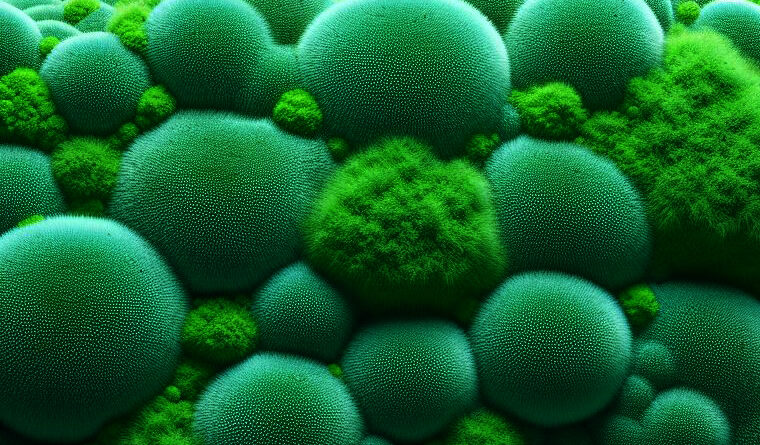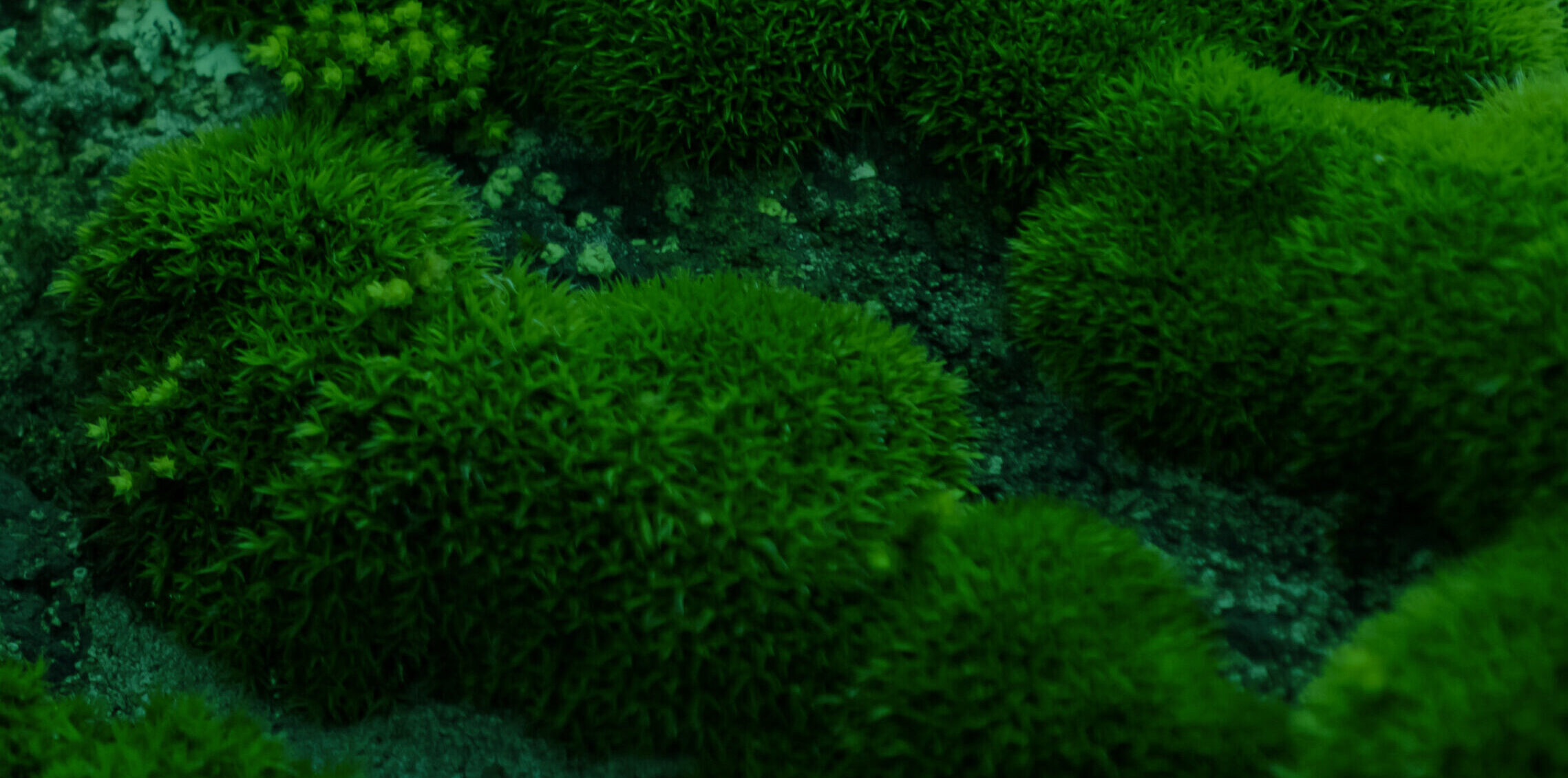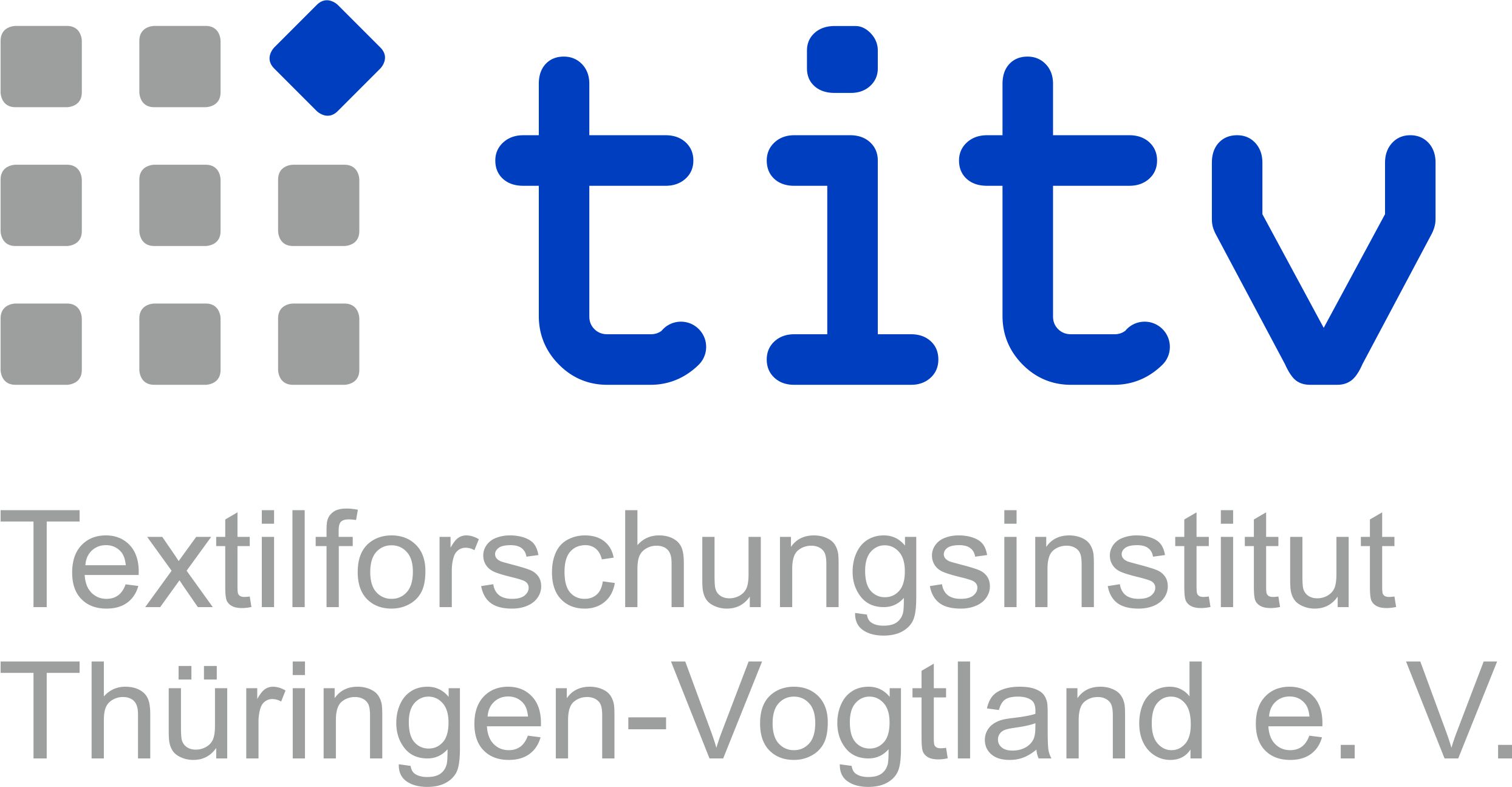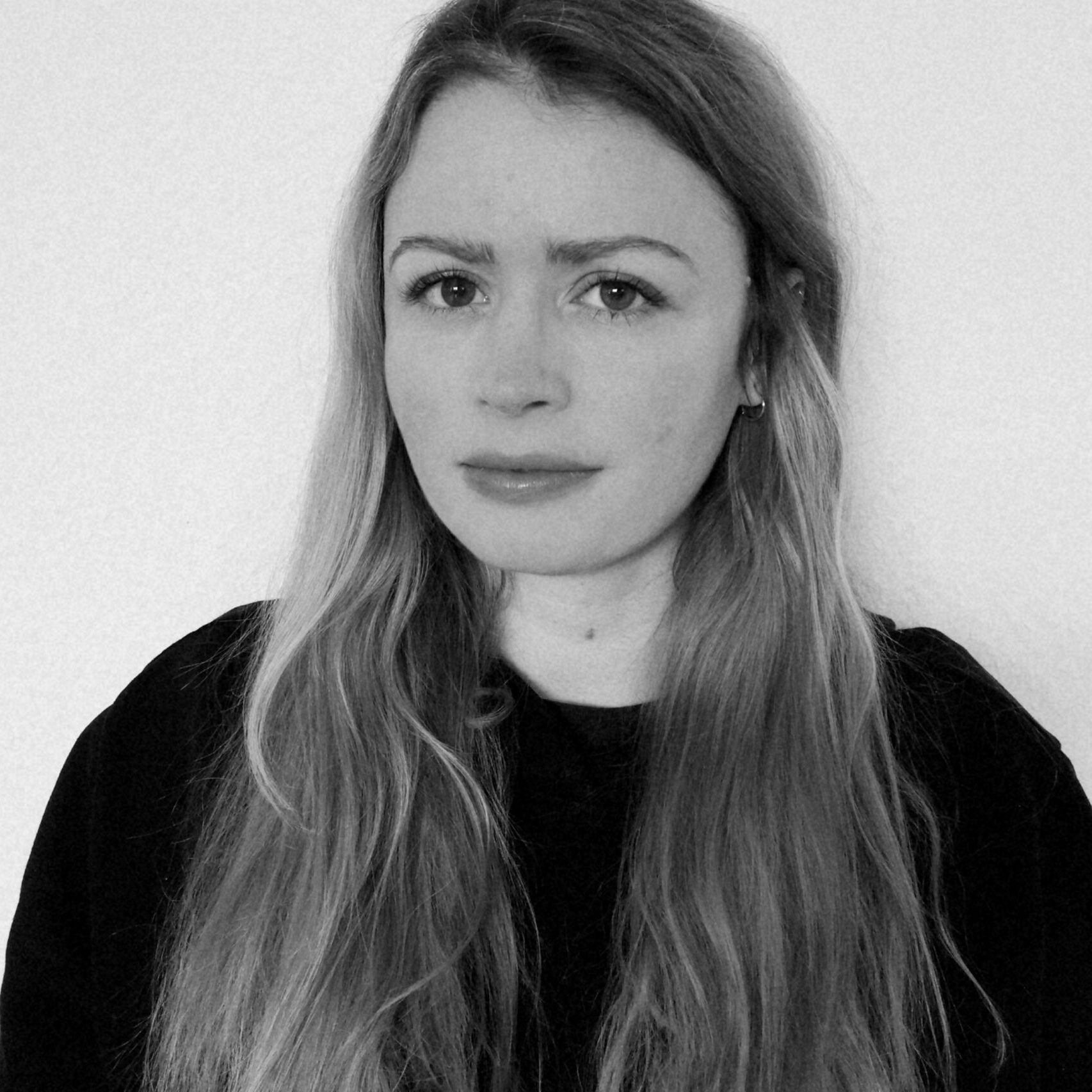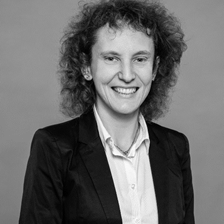APPROACH
Many material- and application-based studies exist. Focused on one scientific sub-area, these reports often only provide us with solution approaches that we have to put together ourselves like pieces of a puzzle in correlation with other design parameters in order to achieve an optimal product result. If the transformation to a holistic and sustainable product development should succeed, this resource-intensive process must be simplified for companies. For this reason, the BioCushion project team has set itself the goal of establishing a development guideline that focuses on the circularity and CO2 reduction of the product (semi-finished) and removes the hurdle of selecting an environmentally friendly yarn. The planned work of the consortium is primarily intended as fundamental research, which will set a milestone for the further development of existing spacer fabrics into more sustainable options (incremental innovation).
